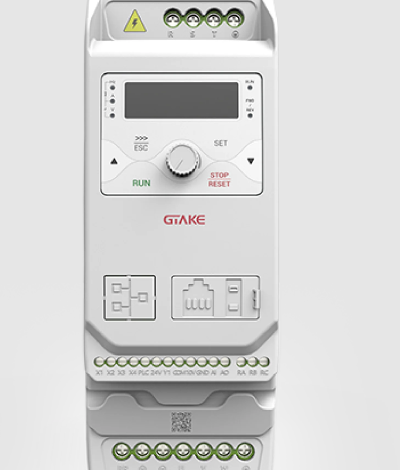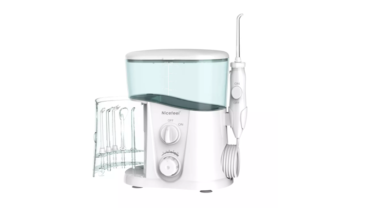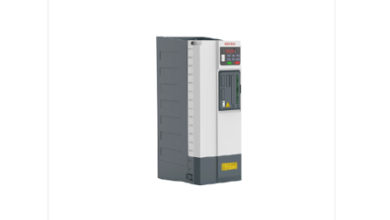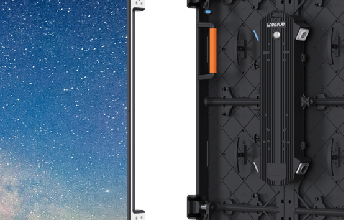An Easy Guide To Understanding Alternating Current Drives

Alternating Current Drives are important for powering electronics, and understanding them can help you troubleshoot problems. In this blog post, we’ll give you an overview of AC drives and explain some common problems that can arise.
What is an AC Drive?
Alternating Current (AC) drives produce direct current (DC) by using an electric motor to create a rotating magnetic field. AC drives are used in devices like fans, air conditioners, and computers.
What are the different types of AC drives?
There are three main types of AC drives: direct current (DC), alternating current (AC), and direct-current-driven synchronous motors. Each has its own advantages and disadvantages.
Direct current is the simplest type of AC drive. It uses a single wire to send power from the motor to the gearbox. This means that DC drives can only be used with synchronous motors, which are already designed to use DC power.
Alternating current is the most common type of AC drive. It uses two wires to send power from the motor to the gearbox. This means that AC drives can be used with any type of motor, including asynchronous ones.
Direct-current-driven synchronous motors work best when powered by a direct current source like a battery or an electric generator. As a result, they’re usually used in applications where power needs to be portable, such as construction sites or agricultural fields.
How does it work?
Alternating current, also known as direct current, is the type of electricity that flows in one direction only. This means that it can only flow through wires in one direction. To create AC, two coils of wire are set up so that they’re always rotating opposite each other. This creates a current of electricity that flows through the coils and out the other side.





